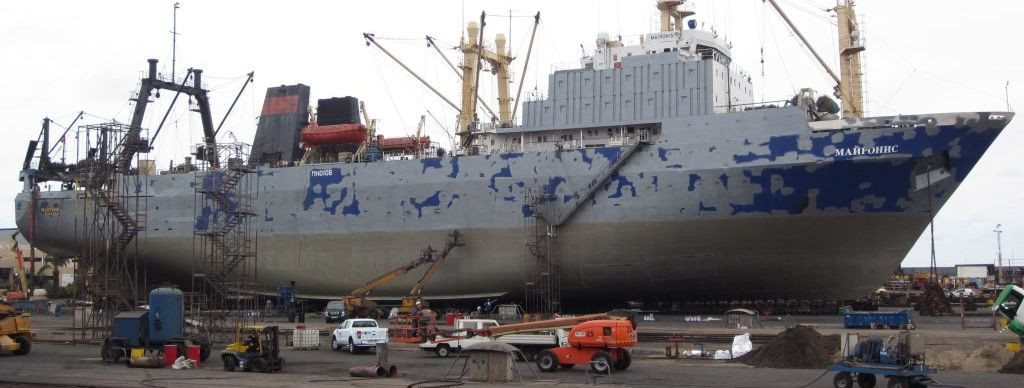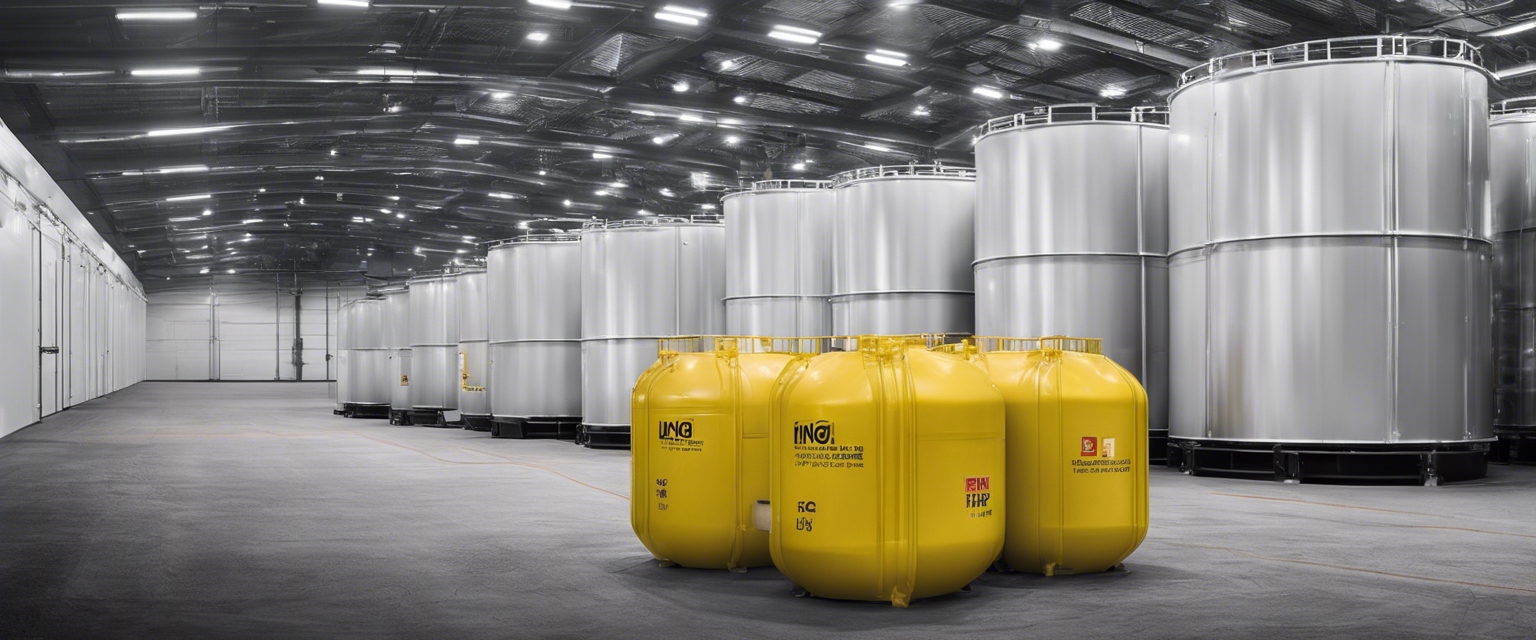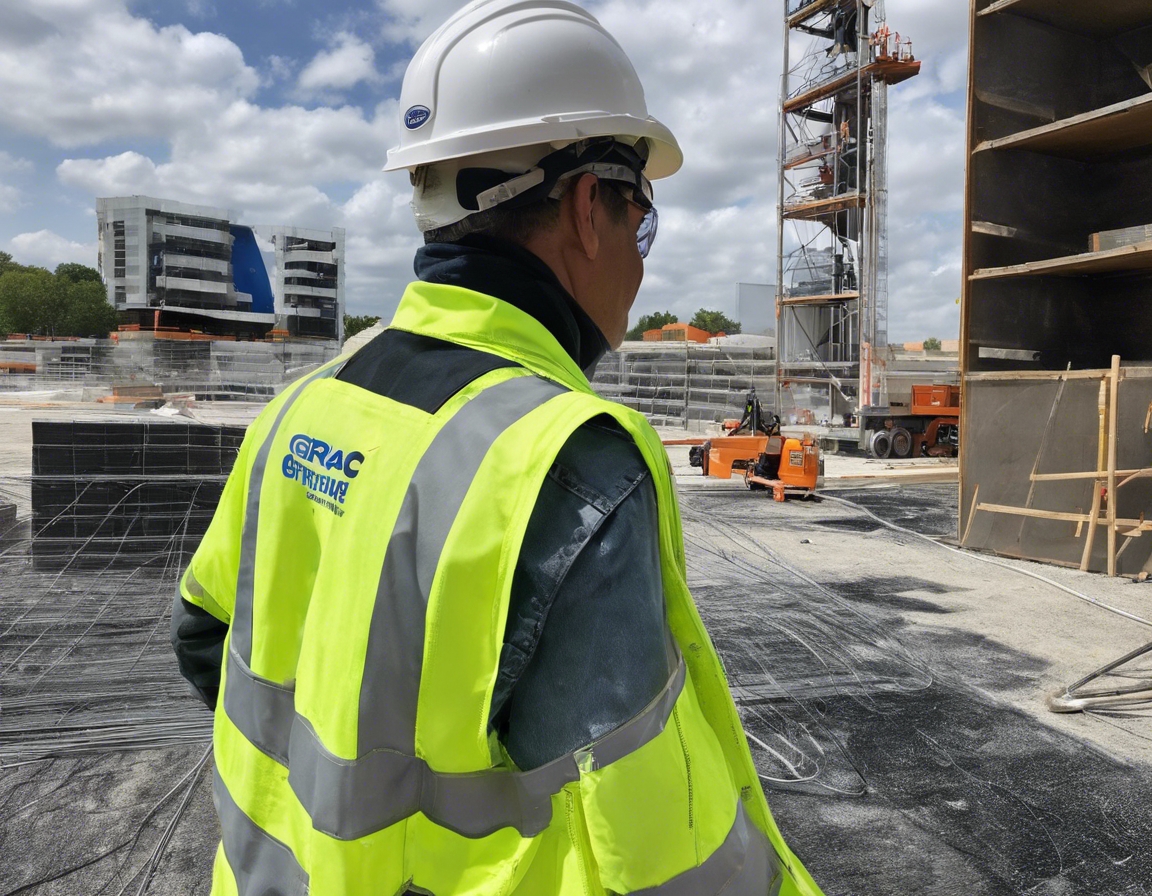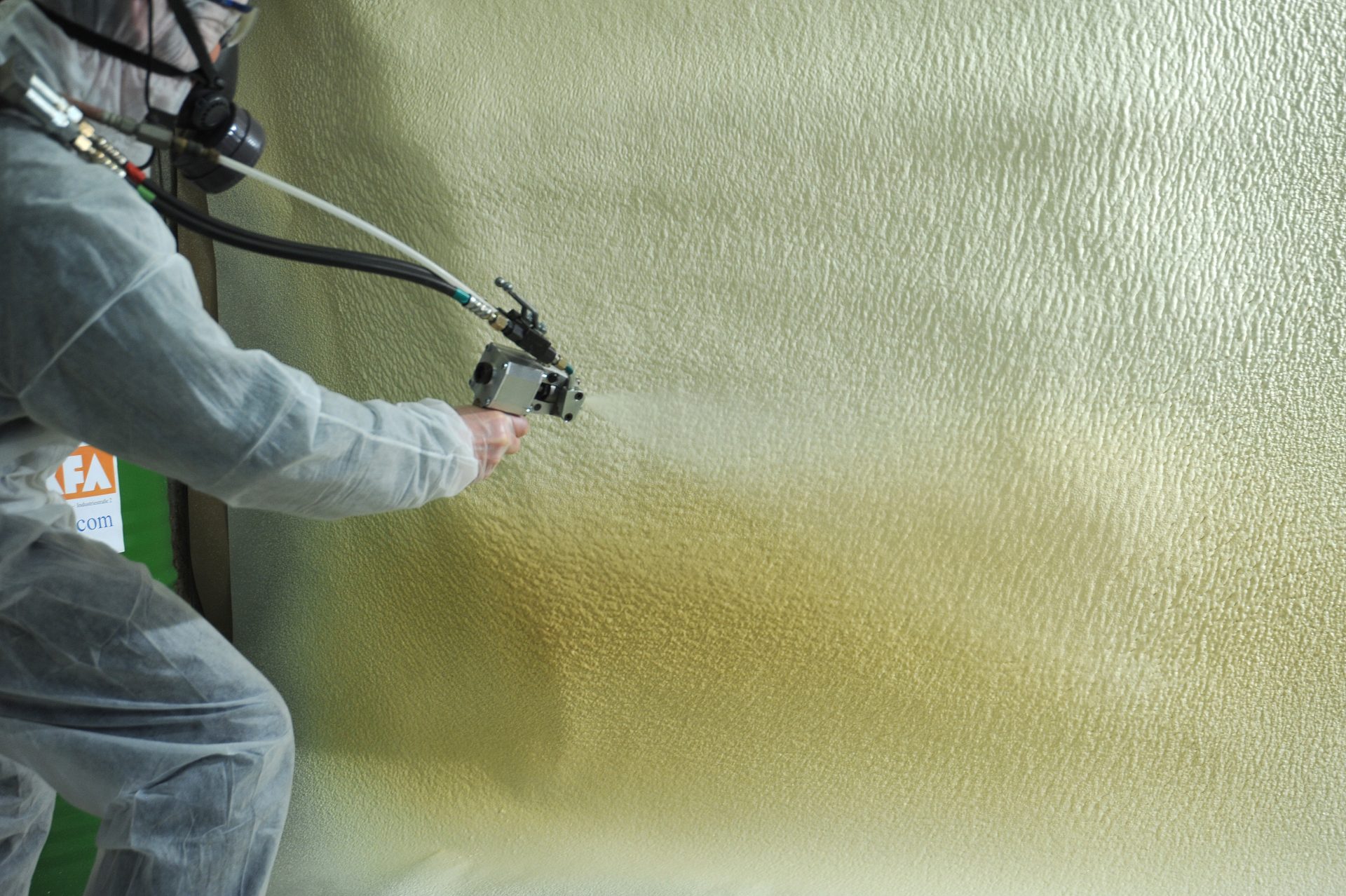Maritime safety: how pur foam is making waves
Polyurethane (PUR) foam is a versatile material known for its excellent insulation properties, buoyancy, and durability. It is a polymer composed of organic units joined by urethane links, which can be tailored to produce a wide range of densities and hardnesses. This adaptability makes PUR foam an ideal candidate for various applications in the maritime industry, where safety and performance are paramount.
Since its inception, PUR foam has evolved significantly, with advancements in technology enhancing its properties and expanding its use in maritime applications. Initially used for insulation, the scope of PUR foam has broadened to include buoyancy solutions, impact resistance, and corrosion prevention, making it a staple in maritime safety measures.
The Role of PUR Foam in Maritime Safety
PUR foam's insulation capabilities are critical in maintaining temperature control in vessels and offshore platforms. Its buoyancy is also a key factor in the construction of life-saving equipment and as a flotation material in boat construction, contributing to the overall safety of maritime operations.
The material's high impact resistance ensures that vessels and structures can withstand harsh marine conditions, while its durability contributes to the longevity of maritime assets, reducing the need for frequent repairs and replacements.
Water ingress and corrosion are significant concerns in the maritime industry. PUR foam provides an effective waterproof barrier, protecting against moisture and preventing the corrosion of metal components, which is essential for maintaining the structural integrity of maritime infrastructure.
Application of PUR Foam in Maritime Infrastructure
PUR foam is extensively used in the construction of hulls, providing insulation, buoyancy, and structural strength. It is also applied to onboard equipment for thermal and acoustic insulation, enhancing the comfort and safety of the crew.
In offshore environments, PUR foam plays a crucial role in the construction and maintenance of platforms and floating structures. Its ability to withstand the pressures and stresses of the open sea makes it an indispensable material for these applications.
Harbor and dock facilities benefit from PUR foam's protective properties, using it in fenders, buoys, and dock flotation systems to absorb impacts and prevent damage to vessels and infrastructure.
Advantages of PUR Foam Over Traditional Materials
When compared to traditional materials such as fiberglass or polystyrene, PUR foam offers superior performance in terms of insulation, buoyancy, and resistance to water and impact. This makes it a more effective and reliable choice for maritime safety applications.
Although the initial investment in PUR foam may be higher than some traditional materials, its long-term cost benefits are clear. The durability and low maintenance requirements of PUR foam lead to significant savings over time.
PUR foam's longevity and potential for recycling contribute to its environmental sustainability. Additionally, its energy-saving insulation properties help reduce the carbon footprint of maritime operations.
Installation and Maintenance of PUR Foam Solutions
Proper installation of PUR foam is crucial for maximizing its benefits. Industry professionals must adhere to best practices to ensure the material performs as intended and maintains its safety features.
Regular maintenance is essential for preserving the integrity of PUR foam applications. Simple inspections and timely repairs can extend the life of the material and maintain its safety properties.








Comments (0)